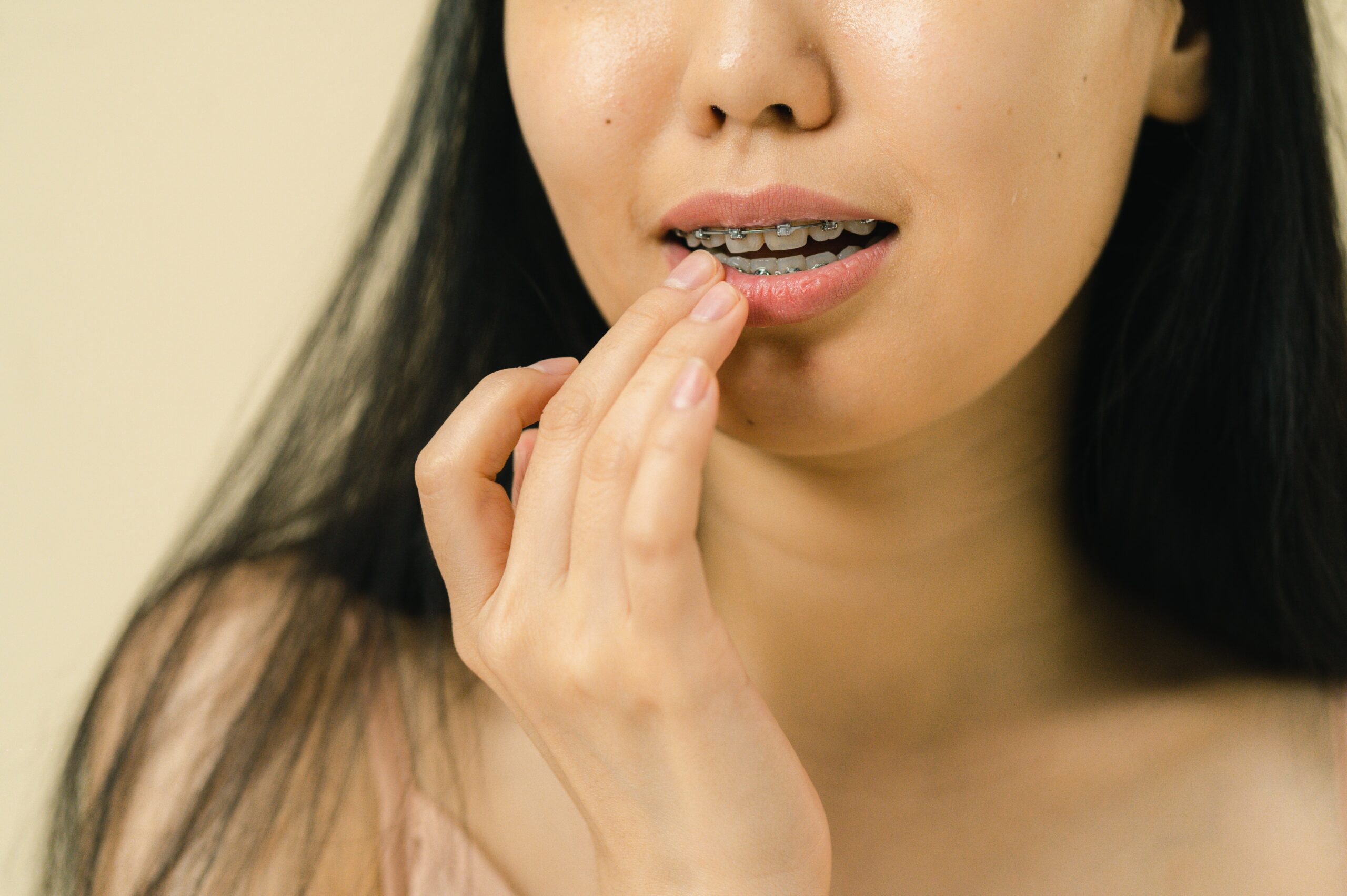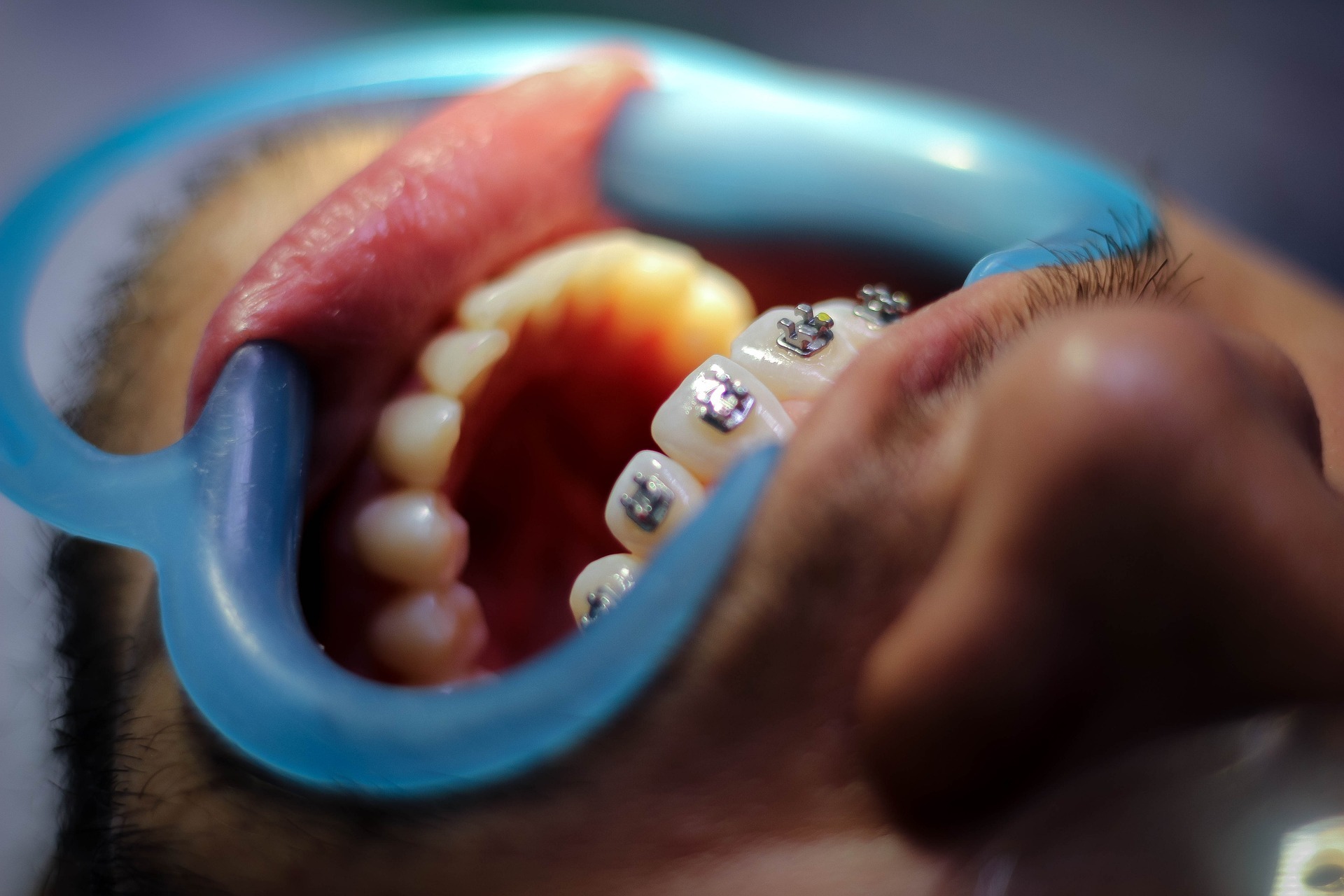It is common knowledge that braces improve the alignment of our teeth. In addition to that, it also offers other advantages for our oral and dental health, like avoiding gum disease and cavities in the teeth. More importantly, it boosts our confidence, self-esteem, and physical and mental health.
Orthodontic treatment is best employed before kids go through puberty. However, adult braces are also available to assist treat malocclusion and biting issues. Fixing these issues will stop future oral health problems from developing.
For some people, wearing braces might be a wonderful idea. Who would not want their teeth to achieve that perfect alignment? However, for some, wearing such might be bad news since it will be attached to our teeth for quite some time. This raises the query: “How long do I have to wear braces?” Typically, it takes 18 to 24 months for orthodontic treatment to produce results; however, for patients with severe orthodontic requirements, it may take up to three years or more.
While braces provide a long-term impact on our oral health, the early stage of wearing it might be uncomfortable. Wires can sometimes poke or brush against the inside of the mouth, giving off an odd experience. People often remove their braces early in these situations, which is something that should be avoided. Thinking of removing your braces early? Read this article to know its consequences.
History of Orthodontics
Before the widespread adoption of contemporary braces, orthodontic therapy has a rich history. In fact, the first brace ever used was constructed of animal skin rope fastened to teeth in Ancient Egypt, just like the braces we have today. Moreover, Ancient Etruscans in Greece also practiced orthodontics as early as 1000 BC where Etruscans utilized mouthpieces to keep a deceased body’s teeth from collapsing inwards when decomposing.
Edward Angle (1855-1930), the “Father of Orthodontics” paved way for several orthodontic appliances used in the treatment process. He believed that orthodontics needs special training due to its complexity. He eventually established the first-ever postgraduate program in orthodontics. Specialists who finish this program are called orthodontists.
In 1819, Christophe-Francois Delabarre invented modern braces which are still prevalent today. Although the French made advances in dentistry in the 1700s with the introduction of mouthguards and wisdom tooth extraction techniques, it was Delabarre who invented the first set of braces. For the purpose of aligning the teeth, he was able to arrange a woven wire or “crib” for both the upper and lower teeth. Over time, he has refined his appearance. Delabarre’s design has been developed over time.
Meanwhile, Dr. Edward Maynard bettered jaw alignment through the use of gum elastics and wiring in 1843 and it was made comfortable by E.J. Tucker in the 1850s by creating rubber bands that fit in the mouth more comfortably.
In 1858, the first-ever paper for Orthodontics was published by Norman W. Kingsley titled “Treatise on Oral Deformities,” while John Nutting Farrar also wrote “A Treatise on the Irregularities of the Teeth and Their Corrections,” which was two-volume book. Farrar was also the first dentist to suggest the use of force in time intervals to move and straighten teeth.
More inventions emerged in the 19th century such as the modern dental dam by Dr. S.C. Barnum in 1864. This material is composed of thin latex that fits the teeth to protect the gums while the orthodontist works on the teeth. Dental dams have been improved through the years and they are still used in fitting braces to avoid inflicting damage to the gums.
In the 20th Century, Edward Angle established his own school for orthodontics and developed the malocclusion classification system. This allows orthodontists and dentists to evaluate the extent of how crooked a person’s teeth are. He also formed the American Society of Orthodontics which is now known American Association of Orthodontics.
In the 1960s, orthodontists witched to stainless steel to be utilized as the main material for braces, completely abandoning the use of gold. Come 1997, clear aligners or lingual braces were invented. It is a clear plastic retainer that straightens the teeth the same way a metal brace functions; without the need for archwire and regular adjustments.
Consequences of Removing Braces Early
The choice of withdrawing from wearing braces is up to the patient’s decision, if they insist. Many patients tend to speed up results and choose to end the treatment early. However, there are consequences of this action that could do more harm than good. Your teeth will most likely revert to their original shape or location if you deviate from your orthodontist’s recommended course of treatment. Worse is, it might result in a more complicated alignment, and eventually develop further oral and dental issues.
The main purpose of braces is to ensure your teeth and bite alignment. Orthodontic treatment will straighten disordered teeth arrangement and shift them into a better position and if left unfixed, it will certainly strain the muscles of your jaw which will cause jaw and joint problems.
Types of Braces
There are 5 main types of braces commonly used today. Thanks to the advanced development of orthodontists, we don’t have to suffer uncomfortable wires in our mouths just to fix our teeth. Here are some of the prevalent braces you can wear:
1. Metal braces
This type of brace is commonly used with children and adolescent patients and is prevalent worldwide. The metal brace is attached to the teeth and connects them with a wire using elastic ties. The fun thing about metal braces is elastic ties come in varied colors which you can customize your metal brace. For effective progress, patients must visit their orthodontists for wire adjustments every 4-8 weeks.
2. Ceramic braces
If you want affordable and less flamboyant braces, the ceramic brace is right for you. Just like metal braces, ceramic braces strengthen teeth alignment in a discreet manner. It is made of transparent material, perfect for patients who prefer less visible braces. However, this type of brace is a little larger in size compared to the common metal brace.
3. Self-ligating braces
Self-ligating braces are closely similar to those metal and ceramic braces. It is available both in metal or clear material. Just like the aforementioned braces above, self-ligating braces also use wires to align the teeth. However, compared to metal and ceramic braces, this type of brace uses clips to keep the wire from moving instead of ordinary rubber ties.
Patients prefer this type of brace for various reasons, specifically because of its convenience. Self-ligating braces are easy to adjust, resulting in shorter orthodontic appointment.
4. Lingual braces
Lingual braces are perfect for patients who favor less noticeable braces but still need complex orthodontic treatment. It is one of the least common choices for most patients where it is installed behind the teeth. Patients who are eligible for this type of braces can enjoy advantages that most braces cannot provide such as utter invisibility, full customization of a specific tooth, and efficiency and versatility.
However, since this type of brace is attached behind the teeth, it causes slight speech changes to some patients and irritation to the tongue. These can be felt at the early stage of lingual braces application and your mouth will learn to adjust to the changes.
5. Invisalign and Clear Aligners
Invisalign is suitable for patients who have undergone orthodontic treatment before and need minor enhancement. It is clear and transparent, removable, and allows easier flossing and brushing. This is also better for those who have average dental issues such as misaligned teeth, large overbite, and front teeth gaps. Clear aligners became popular in the early 2000s and even until now because of their unique way of enhancing our teeth.
Conclusion
History has proven the effectiveness of braces to enhance and fix teeth alignment. Aside from that, it provides a better appearance of our teeth and it also adds confidence to our overall physical and mental well-being. Checking up with an orthodontist will help you decide on what type of brace is suitable for your dental issues. However, removing it without completing the treatment process will cause your teeth to relapse and return to their original alignment and will result to future oral health issues. Thus, it is better to work closely with your orthodontist for better results.


